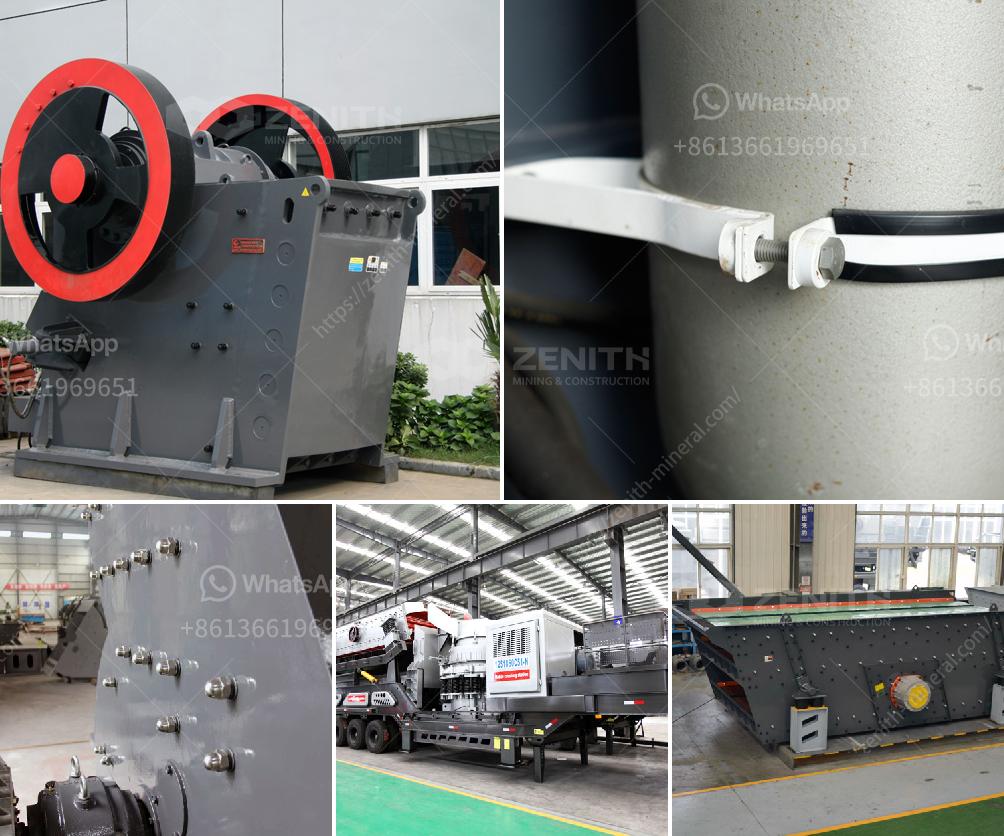Using a dry milling machine for gold ore processing offers several key advantages:
Water Conservation: Dry milling does not require water, making it ideal in arid regions where water is scarce or when environmental regulations restrict water usage.
Reduced Environmental Impact: Without the need for water, there is no risk of water contamination or issues related to wastewater disposal, which can be associated with wet milling processes.
Energy Efficiency: Dry milling often requires less energy compared to wet milling, as it does not involve the additional energy needed to pump, circulate, and dewater the slurry.
Lower Operating Costs: Operational costs can be reduced because there is no need for water treatment facilities, and some dry milling machines may have lower maintenance costs due to the absence of water-related wear and corrosion.
Processing Flexibility: Dry milling can be used on ores that may be difficult to grind when wet, allowing for processing flexibility depending on the specific properties of the ore.
Simplified Process Flow: Without the need for water handling systems, the overall process flow can be simpler, potentially reducing the complexity of the plant infrastructure and operation.
Improved Recovery Rates: In some cases, dry milling can result in finer particles, which may improve the recovery rates of gold through subsequent processing steps.
Portability: Dry milling machines can sometimes be more portable and easier to move, which is beneficial for small-scale or remote mining operations where infrastructure is limited.
Control over Particle Size: Dry milling allows for better control over the particle size distribution, which can be crucial for optimizing the downstream gold extraction processes.
While dry milling has these advantages, it's essential to evaluate the specific context of a mining operation to determine whether it is the most suitable approach, as certain ores or processing conditions might still benefit from wet milling.
